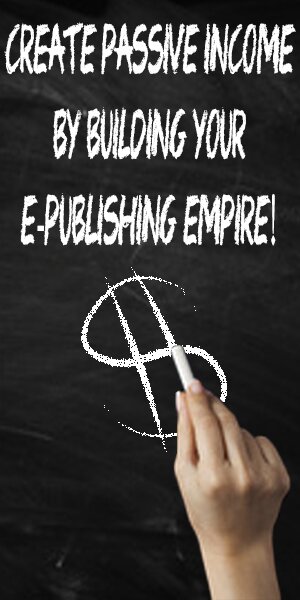According to Reserve Bank Governor, Lesetja Kganyago, the repo rate would increase by a further 25 basis points from October, following a previous 25 basis point increase in June, as inflation continues to accelerate towards the upper limit of the central bank’s 3% to 6% target range. That leaves the repurchase rate at 6.25% and the prime lending rate at 9.75%, raising concern that highly indebted South African consumers will struggle to make ends meet given already exceptionally high debt levels.
The repo rate hike also means the interest rate at which commercial banks lend to consumers — the prime lending rate — increases from 9.50% to 9.75%. This will have an effect on the disposable incomes of consumers, especially as the festive season approaches.
Although the increase was expected because of the increasing strengthening of the US dollar in the past few weeks, economists warn consumers to slow down on their credit facilities. The governor said that the main reasons for the increase include worsening drought conditions, an increase in food prices and adjustments of electricity tariffs.
According to Wikus Olivier, Debt Management Expert at DebtSafe, the consumers will have to curb their reliance on credit. They rely too heavily on credit facilities, and some are even making use of unsecured payday loans to go through each month, putting them in even more debt every month.
“Although the rate hike was expected, the timing is bad,” says Olivier. “Retail outlets in the country are dependent on boost in sales over the festive season, and the announcement by SARB governor might cause sales to decrease in comparison to previous years.”
The impact on credit repayments
Market forces have driven up the cost of living and the consumer’s ability to repay credit, says Standard Bank. Although budgets have been under pressure, consumers tend to ignore individual increases in the cost of living, as a R20 increase on a tank of petrol or 60 cents added to a pack of cigarettes is not going to break the bank. However, the cumulative effect of these increases is significant. What many people are not aware of is that as the consumer cost of living goes up, so do the costs of suppliers. These costs are then passed on to consumers, thus making daily living costs more expensive.
The announcement will also place additional pressure on the automotive sector in general and on the car-buying public in particular. If a consumer has vehicle finance that is on a prime-linked rate, for example, and is paying off R100 000 on car loan over an average term of 72 months, they will now pay an additional R12 per month. They will pay an additional R36 per month on an average loan amount of R300 000 over the same term. Motorists are encouraged to carefully consider the impact and not just on the instalment, but everything when considering buying a new car, including running and servicing costs.
The rate hike will impact negatively on the residential housing market though, because with growing financial strain and rising costs of living expenses, a bond repayment will increase substantially, with a R1 million home loan seeing a monthly repayment increase of as much as R172, according to Olivier.
An estimation on a R600 000 home loan would see the consumer paying about R98 more on average monthly, while those with a R1 million home loan would see their bond repayments rise by R164, according to Standard Bank.
What to do
In order to better absorb the rising cost of living, consumers should examine their budgets and try to cut out any inefficiency. A good start would be to try and pay down the most expensive debt first, such as retail accounts and cancelling non-essential services.








